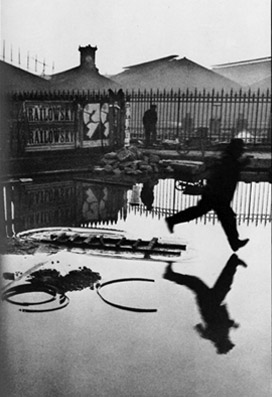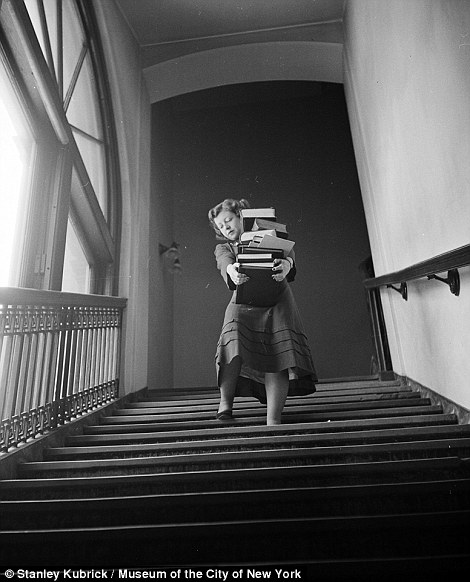Iconic photos are powerful snapshots of history, often capturing “decisive moments” that define an era or movement. These images reflect the skill and vision of their photographers, who patiently wait for the perfect instant to press the shutter. However, as technology advances, tools like the AI Nude Generator have started to blur the lines between art and digital creation. Tools like Undress AI open up new possibilities for creative expression and digital customization, providing users with an efficient and reliable tool for enhancing their projects and designs. You can also use the photo colorizer to improve the colour and create a realistic image. While traditional photographers focus on raw moments in real life, AI offers a more automated way to generate images, raising questions about authenticity, creativity, and the future of visual art.
Retronaut has a nice collection of iconic photographs and the photographers who took them…

The set is a nice example of “Decisive Moment” images – the photos were not staged, and were fleeting instances; a moment sooner or later and the image wouldn’t exist.
That concept seems to be very misunderstood, if you can judge by the Flickr Groups where people send photos that they think are their “Decisive Moment” photos.
Of course, it’s very easy to see the Decisive Moment in photos of famous events in history, because we know exactly how fleeting some of those moments were and how mixing luck and smarts caused the photographer to click the shutter at exactly the right moment.
Photos where the scene and subject are unknown to us are harder, but Cartier-Bresson was a master of those; there’s always something in the photo that tells us that the picture wasn’t staged; such as, the iconic Bresson photo of the man jumping the puddle where he’s captured mid-jump makes it obvious that this was a spur-of-the-moment, “click or you’ll miss it” shot.

The Daily Mail has a nice collection of “Decisive Moment” photos (most if not all fit that group) taken by a young Stanley Kubrick when he was a photographer for Look magazine in the 40s and 50s. Most of those subject are unknown, but you can tell by the shot that it captures a singular moment of mood or action that existed and was gone in an instant.
